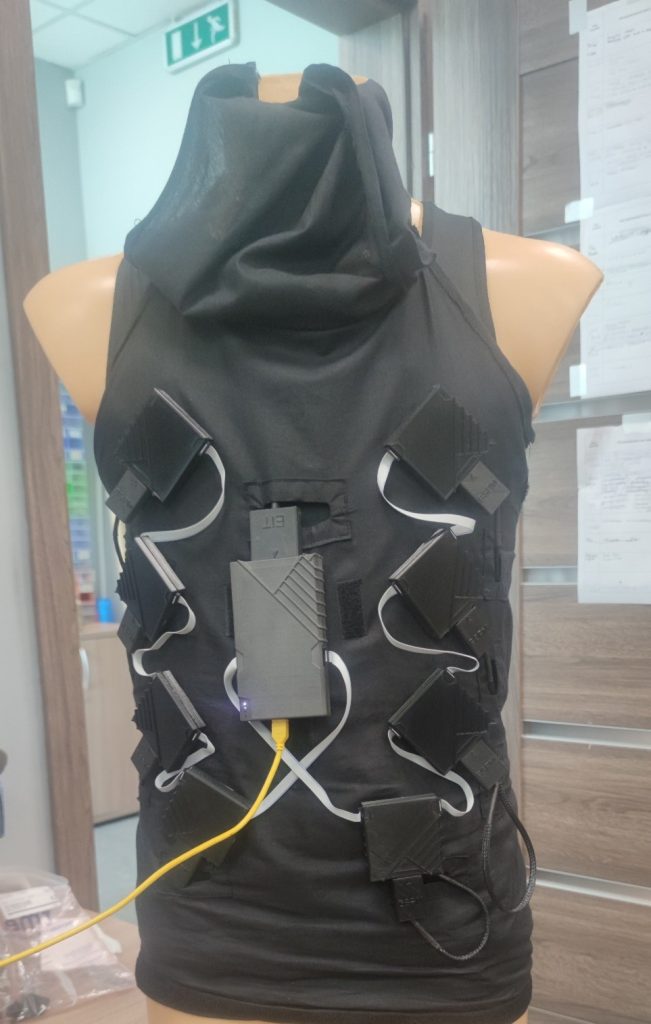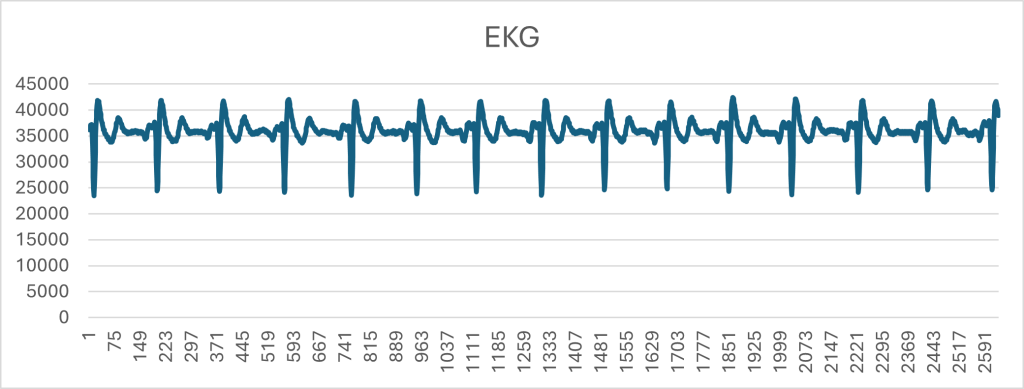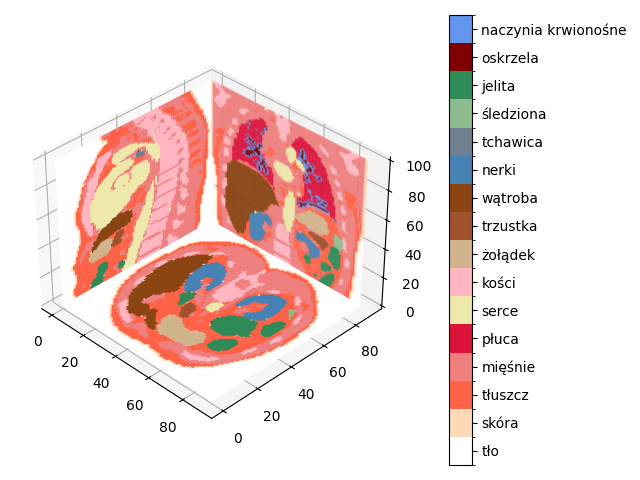Diseases of the circulatory system and respiratory system are currently very widespread and are the main causes of death and inability to work and dependency. The development of diseases of this type (both acute and chronic) is influenced by many factors (including environmental pollution, lifestyle, stress), in this sense they are typical diseases of civilization. Early diagnostics as well as the possibility of continuous outpatient monitoring is unfortunately very limited.
The system consists of a device enabling active and passive registration of electric potentials from the chest related to heart activity and electrical properties of the organs of the chest (mainly the lungs, heart and blood vessels) and a part enabling monitoring of the patient’s condition to support the diagnostic process in such conditions as
- Ischemic heart disease Arterial hypertension
Cardiac arrhythmias and conduction disorders Heart failure
- Vasovagal syncope
- Chronic obstructive pulmonary disease (COPD)
- Other chronic lung diseases (interstitial diseases)
- Acute infectious and non-infectious lung diseases (including ARDS) of the lower respiratory tract
- Sleep disorders (SDB)
The system consists of a data recording device and an analytical engine for aggregating and processing data. The engine – an electronic data aggregation and processing system enables aggregation, processing and inference based on the collected data.
The system was developed in cooperation with leading scientific centers in Poland: Warsaw University of Technology, Faculty of EiTI (A+) and Lodz University of Technology, Faculty of EEIIA (A) and the Institute of Rural Medicine (A).

Patient measurements

real-world tests

System functionalities
- Qualitative analysis of the BSPM signal
- Analiza anomalii
- Monitoring parameters in the scope of:
- Myocardial function based on changes in the nodal potential map. Blood flow based on changes in the nodal potential map. Cardiac arrhythmias based on changes in the nodal potential map. Atrioventricular conduction disorders based on changes in the nodal potential map.
- Respiratory capacity of the lungs based on electrical tomography measurements
- Changes in lung impedance based on electrical tomography measurements
Relative permittivity based on electrical tomography measurements
Lung image reconstructions



